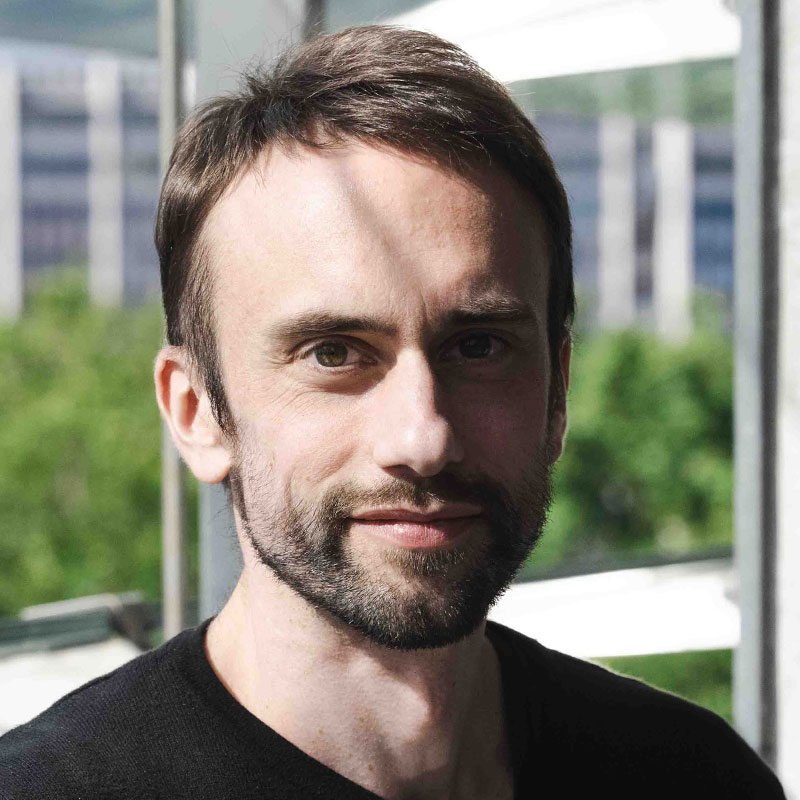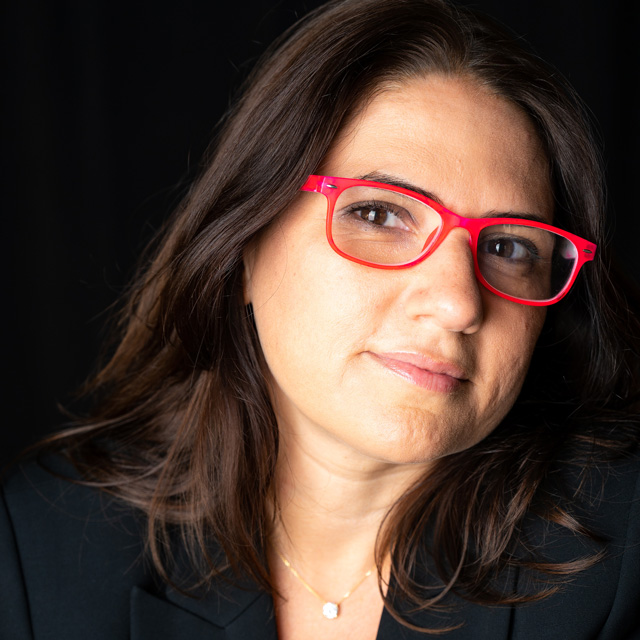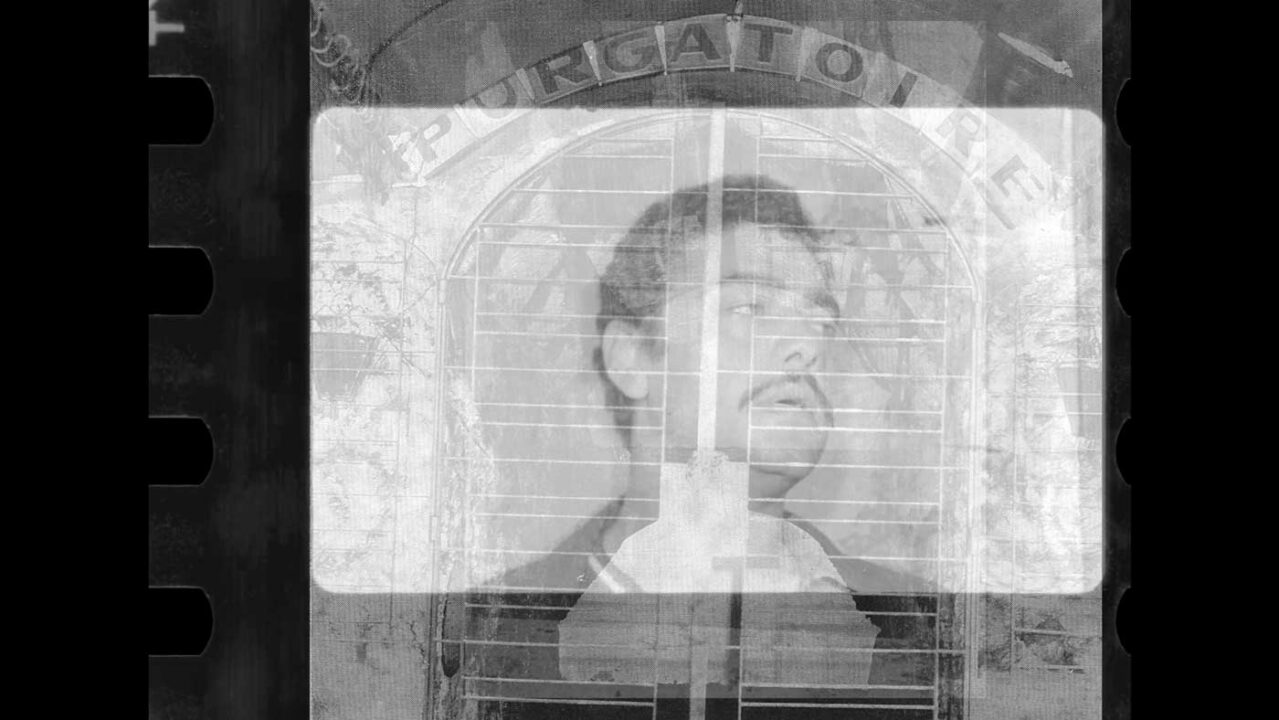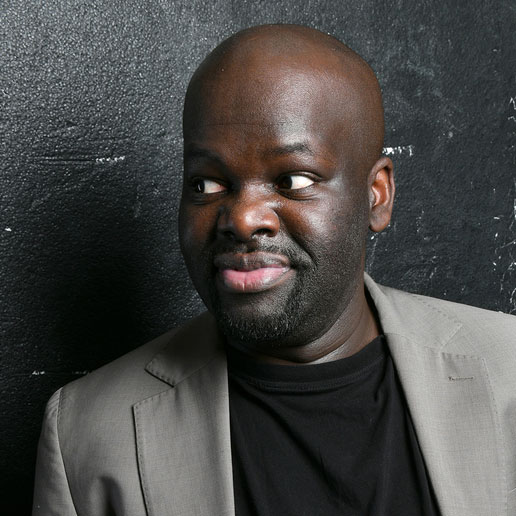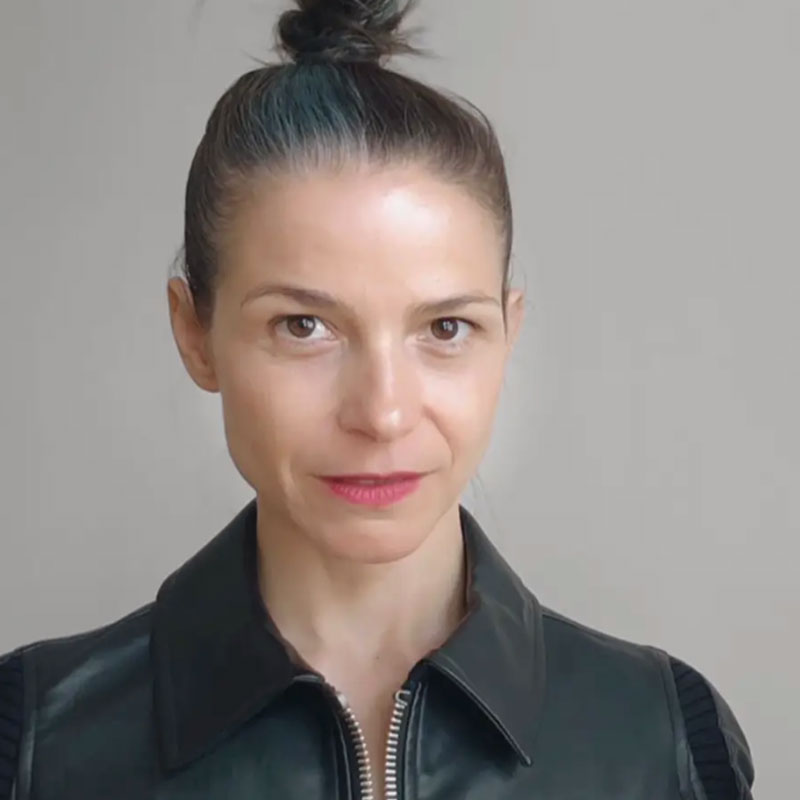Investigative journalist Alia Ibrahim, Guillier’s mentor at Forecast, said: “Alexis Guillier‘s work delves into the world of cinema and documents eye-opening facts exposing the layered costs of creative independence. My decision to select Guillier’s project was driven by a personal curiosity to enter a fascinating world that looks at issues that are very important to me but from completely different perspectives. I am also intrigued by all the contradictions the work brings together and its fascinating melange of genres and spaces, from global to hyperlocal, from glossy to film noir, and from nostalgic to contemporary.”

